Why Your Staircase Matters More Than You Think
Staircases are more than just functional elements that connect different levels in your home; they are central pieces that can significantly influence both the aesthetics and the safety of your living space. In this blog, we’ll delve into why staircases hold such importance and how you can choose and design the perfect staircase that not only meets your needs but also enhances your home’s overall appeal.
Beyond Functionality: The Aesthetic Impact of Stairs
Staircases can dramatically transform the look and feel of your home. They are often one of the first things guests notice, serving as a focal point that can either elevate your home’s interior design or detract from it. The materials, design, and placement of a staircase can complement your home’s architectural style, create a sense of flow and space, and even act as a piece of art in its own right.
Safety First: Building Stairs that Comply with Regulations
While aesthetics are important, safety is paramount when it comes to stair design. A well-designed staircase should comply with local building codes and regulations to ensure it is safe for all users, including children and the elderly. This includes considerations like the width of the stairs, the height and depth of each step, handrail height, and the inclusion of landings or rest points on longer flights of stairs.
Exploring Stair Design: Choosing the Right Style
The style of your staircase should align with your home’s overall design aesthetic, as well as your personal preferences and needs. Here are some popular staircase designs:
● Straight Stairs
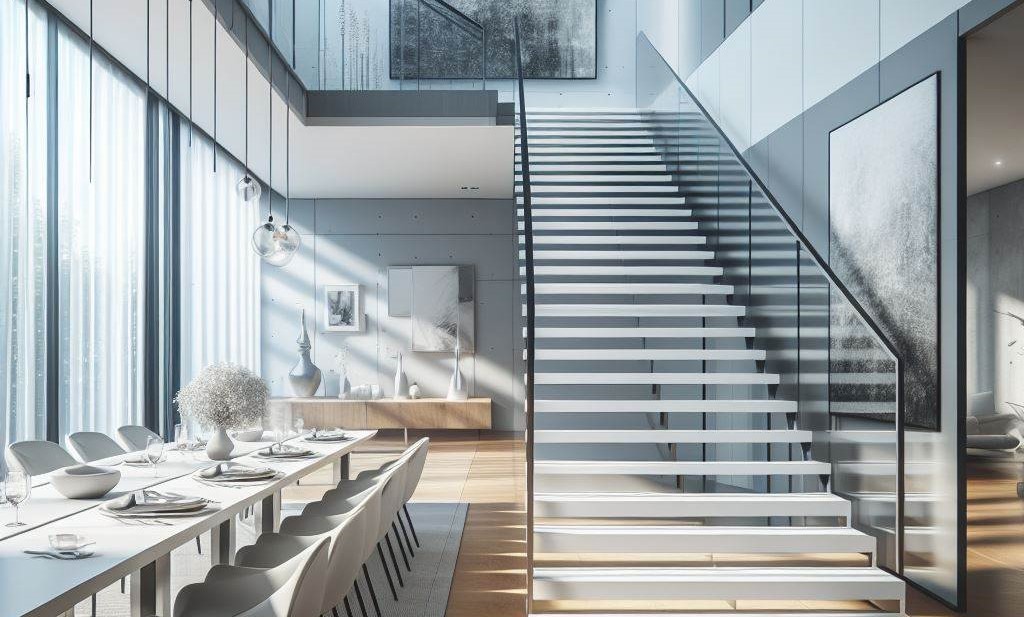
Straight stairs are the most common and straightforward design, ideal for minimalist or traditional homes. They are easy to ascend and descend and can be designed to make a bold statement or blend seamlessly with your interior.
● L-Shaped Stairs (Quarter turn)
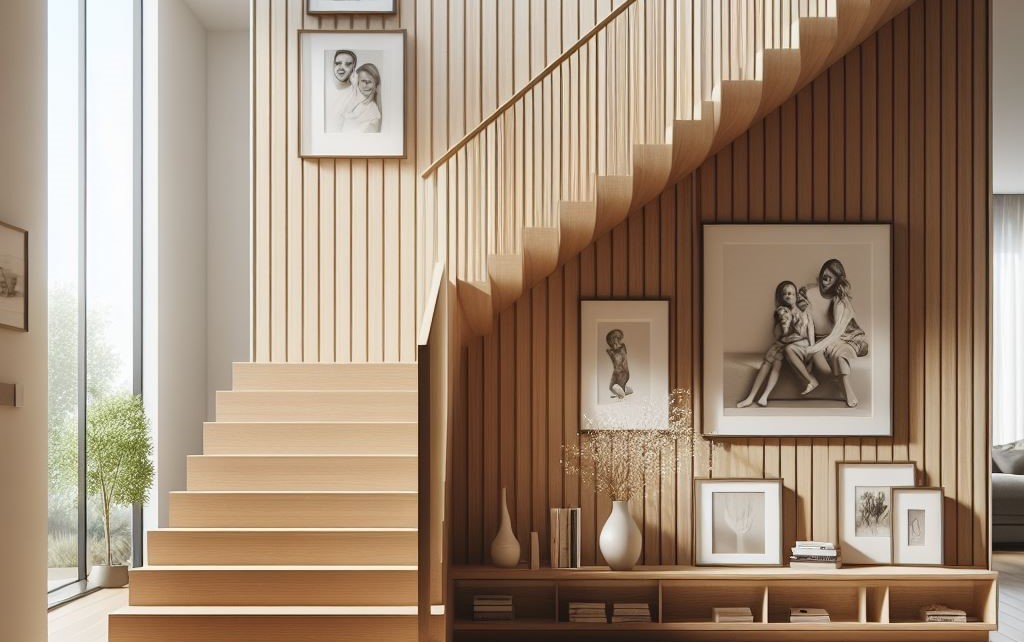
L-shaped stairs add visual interest and can be a more efficient use of space. They provide a natural resting point at the turn, which can be safer and more comfortable for users.
● U-Shaped Stairs (Half turn)

U-shaped stairs are similar to L-shaped stairs but with a longer landing that essentially turns the stairs back on themselves. This design can be more visually striking and is suitable for larger homes.
● Spiral Stairs: A Touch of Modern Elegance
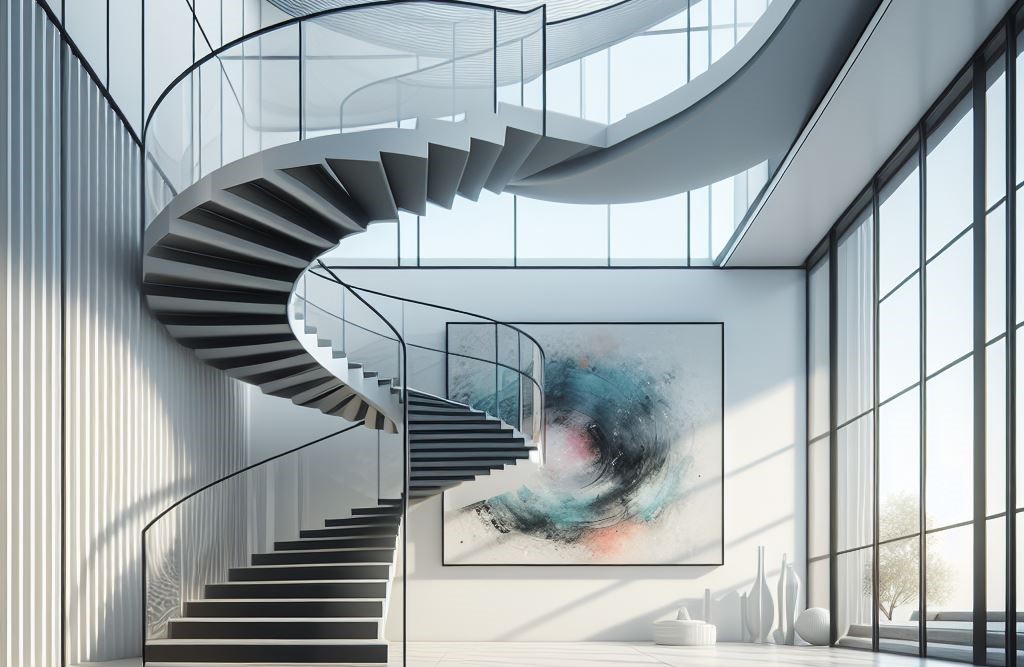
Spiral staircases are perfect for tight spaces and add a modern, elegant touch to any home. They can be a central feature in a room, offering both functionality and a sculptural aesthetic.
● Curved Stairs: A Statement Piece
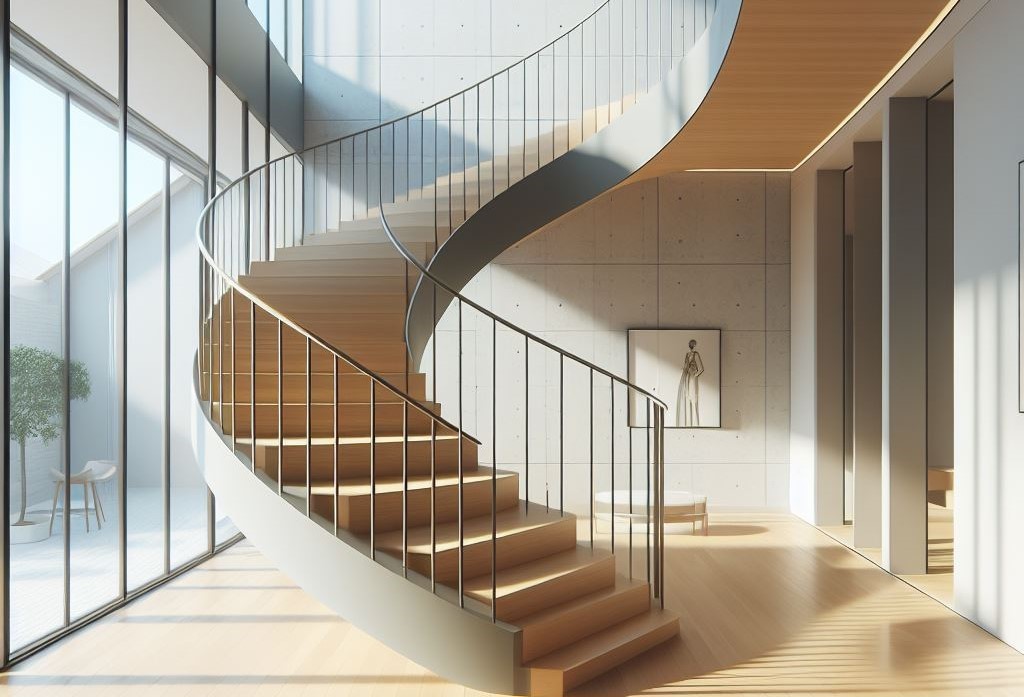
Curved staircases are the epitome of elegance, creating a sweeping motion that is both luxurious and inviting. They require more space but can serve as a grand entrance in the right setting.
● Bifurcated Stairs
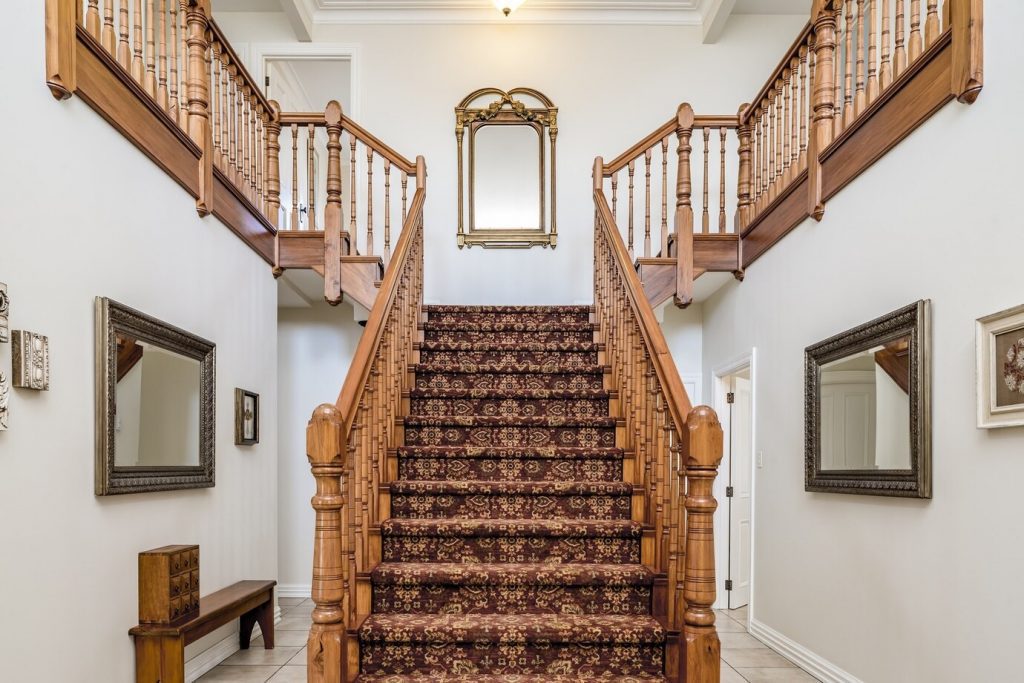
Bifurcated stairs are often found in grand entrances and split off from a common point into two narrower flights at a landing. This design is opulent and makes a dramatic architectural statement.
Planning Your Perfect Staircase: Key Considerations
When planning your staircase, several key considerations will ensure that it not only looks great but also functions well within your home.
Function and Flow: Integrating with Your Home Layout
Your staircase should complement the flow of your home, connecting spaces seamlessly and enhancing the overall layout. Consider the location and orientation carefully to maximize space and coherence with your home’s design.
Building Code Compliance: Ensuring Safety and Accessibility
Adhering to building codes is not just a legal requirement; it’s a crucial aspect of ensuring your staircase is safe and accessible for everyone. This includes considerations for stair dimensions, railings, and landings.
Material Selection: Balancing Aesthetics and Durability
The materials you choose for your staircase will impact both its appearance and longevity. Wood, metal, glass, and stone are popular choices, each offering different aesthetic and functional benefits.
Measurement and Planning: Getting the Details Right
Accurate measurement and meticulous planning are essential to ensure your staircase fits perfectly and functions as intended. This includes calculating the rise and run, ensuring adequate headroom, and planning for any landings or turns.
Beyond the Basics: Staircase Design Elements
To truly elevate your staircase, consider these additional design elements:
● The Power of Railings and Balusters
Railings and balusters are not only safety features but also key design elements that can enhance the style of your staircase. From sleek, modern designs to more traditional woodwork, these details can significantly impact the overall look of your stairs.
● Landing Design: A Place to Breathe
Landings can offer a rest point on longer flights of stairs and are an opportunity to introduce design elements like seating, artwork, or a window with a view.
● Under-Stair Storage: Utilizing Unused Space
The space under your staircase can be cleverly used for storage, helping to keep your home tidy and organized. From built-in shelves to pull-out drawers, there are many creative ways to utilize this often-overlooked space.
Putting it All Together: Working with a House Builder
Finding the Right Builder: Expertise and Communication are Key
Choosing a house builder with experience in staircase design and construction is crucial. Look for someone who communicates well and understands your vision, ensuring a smooth process from design to completion.
Collaboration is Key: Achieving Your Vision
Working closely with your builder and being involved in the design process will help ensure that your staircase meets your aesthetic and functional needs. Collaboration is the key to realizing your vision and creating a staircase that truly elevates your home.
Investing in a Staircase that Elevates Your Home
Your staircase is more than just a means to move between floors; it’s a central feature that can significantly impact the safety, functionality, and aesthetic appeal of your home. By carefully considering the design, materials, and compliance aspects, and working with the right professionals, you can create a staircase that not only meets your practical needs but also enhances the beauty and value of your home.

